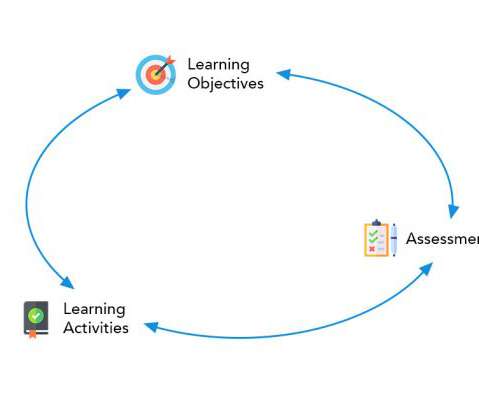Flipped learning for talent development: Lessons from the college classroom
CLO Magazine
APRIL 16, 2021
I’ve learned that college students and professionals have a common learning goal: managing wicked problems. Whether your student is starting in a profession or your trainee is a senior-level leader, many of their career or work challenges stem from confronting, understanding and managing wicked problems.



















Let's personalize your content